The agency is dead. Long live the agency.
Eight tips for shaking up your model and super-charging your business
One of the biggest questions in comms right now is: what is the future of the agency?
In a landscape that is consistently shifting, how is it evolving to meet the demands of clients, changes in the industry and technological advances? What are the major disruptors of agency models? And do agencies really need to change how they operate, or should they just concentrate on finding better hires and the rest will fix itself?
In an event chaired by Hanson Search CEO Alice Weightman, we put these questions to an all-star panel, made up of Bibi Hilton (Managing Director, Golin), Giles Fraser (Co-founder, Brands2Life), Avra Lorrimer (Managing Director, Hill + Knowlton), Adam Rubins (CEO, Way to Blue). These were our eight key take-aways…
#1: Consider leaving pyramids in the past
Agency hierarchies typically take the shape of a pyramid, with account executives at the bottom delivering the work and directors at the top shaping the strategy. Several of our panel explained that their agencies had been at pains to change this model. Golin, for example, has re-shaped the agency as more of a square, with four key teams – (1) strategy, planning & analytics (2) creative (3) connectors/media specialists and (4) account management – pivoting around client needs. Bibi Hilton explained that this also means that people don’t have to stop doing what they’re best at in order to get to board level: “In the classic model, media specialists for example have to stop doing media relations and become brilliant at new business to move up the hierarchy.
This different model allows people to rise to board level but focusing on their strongest skills or areas of interest.” The old ways of arranging teams by end audience also appears to be changing. Avra Lorrimer of Hill+Knowlton explained that rather than the more traditional split of consumer and corporate teams, her agency delineated its talent into sector specialists e.g. pharma, energy, financial services.
#2: Accept the blurred lines
The old silos are disappearing, and in the future, the panel felt that PR and advertising were likely to become increasingly integrated. To meet this need, some panellists felt that the agency world needed people who – while they still had a specialism – were also able to operate (and sell) as generalists. Giles Fraser explained that his agency is increasingly working to a ‘T-shaped’ model, in which everyone has both specialist and generalist skills. He explained: “Because of our integrated approach, we want our staff to be able to understand and consult on the full marketing and communications mix whilst also having specialist skills.”
#3: Take a ‘people first’ approach
The old agency model all too often tries to push square pegs into round holes – and fails. Bibi Hilton explained: “The ideal is someone who can write, be creative, pitch and think strategically. But these are diverse areas and it is hard to find talent that can excel in all of them. We’re increasingly not trying to make people be brilliant at all skillsets, but letting them focus on the areas they are best at.”
Adam Rubins agreed. He explained: “When we’re hiring talent, we try to do it on a ‘strengths’ approach. We find people a role that plays to our strengths, rather than start with the role and try to find a person to fill it.”
The panel also felt that it is important to remember that at its core, comms is a people business. And no agency model will work if the people aren’t happy. Giles Fraser, Brands2Life explained: We spend a lot of time getting staff feedback and we actually implement a lot of changes based on what people say, so that they know that they are being listened to. We really put our people at the centre of our brand.” Adam Rubins agreed: “Agency life is about people and clients. If you do good work, and you have happy people, then you’re going about it in the right way.”
#4: Don’t try to shelter from the storm
Change can be frightening, but our panel believed that the agencies that would thrive would be the ones that embraced it and saw it as a catalyst for growth.
Avra Lorrimer commented: “At the moment, there is a perfect storm – the rise in digital, the encroachment of management consultancies, workforce changes – and it’s mandating that we evolve and change. The storm is not going to subside so it’s about how we ride the waves. We need to recognise that change is continual and perpetual; there is no one perfect model. We need to become more attuned to the changes around us, whether that is shifts in culture, economics, or changes in business”.
The panel agreed that the sector needed to evolve. For example, in light of many clients taking more and more of their comms function in house, it needs to refine its offering and develop new services into something more client-centric in order to maintain competitive edge. Similarly, the need for company cultures to change if diversity strategies are to have a tangible impact was discussed. Bibi Hilton explained: “There’s a real focus on recruiting people from many diverse backgrounds but this won’t have the right impact if culture doesn’t change too. We need to change to create environments in which people can thrive.”
#5: Don’t forget the managers
The panel was unanimous on the fact that analytics and data were two key areas which agencies really need to focus on when it comes to talent recruitment. However, Adam Rubins felt that this shouldn’t be to the exclusion of more old fashioned skillsets, saying: “I think we’ve gone too far to the right on data, what we really need is good managers who can execute the vision.”
#6: Embrace technology as an enabler. And remember that humans still have the edge
“Technology supports our work; it’s an enabler,” said Avra Lorrimer. While “we’ll never out robot the robots” there are some areas in which humans still definitely have the edge. “There are things AI and VR will never be able to do, like come up with amazing ideas that make you feel things, develop brand stories that generate empathy or navigate through a moment of crisis,” she said.
#7: Remember the importance of flex appeal
The panel agreed that flexible working should be a given, especially considering its importance in retaining female talent. Bibi Hilton explained: “Flexible working shouldn’t be seen as a perk or a reward, it should be the norm.” Adam said: “I don’t think flexibility should even be a policy, you should just be flexible.”
#8: Remember to get together
“I’m a passionate advocate of flexibility, but I think proximity and working with others brings creativity, so we need a mix,” said Avra. And the panel had lots of ideas about how agencies could encourage the cross-pollination of ideas from flexible workers, including creating café style flexible work spaces, asking all flexi workers to come into the office on a Monday and physically rearranging the office in order to have common areas at the front and client areas at the back in order to keep people together to create culture and buzz. After all, said Adam Rubins “how can you create a culture if people are never together?”

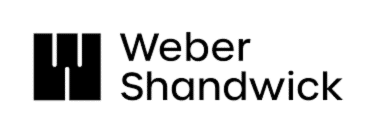


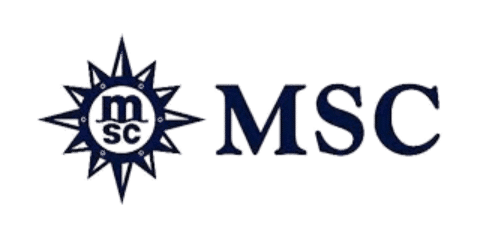


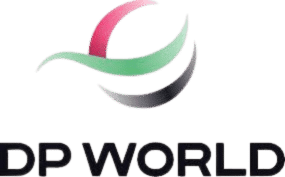



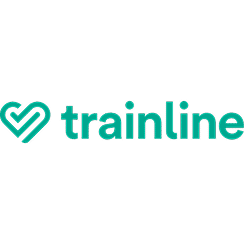


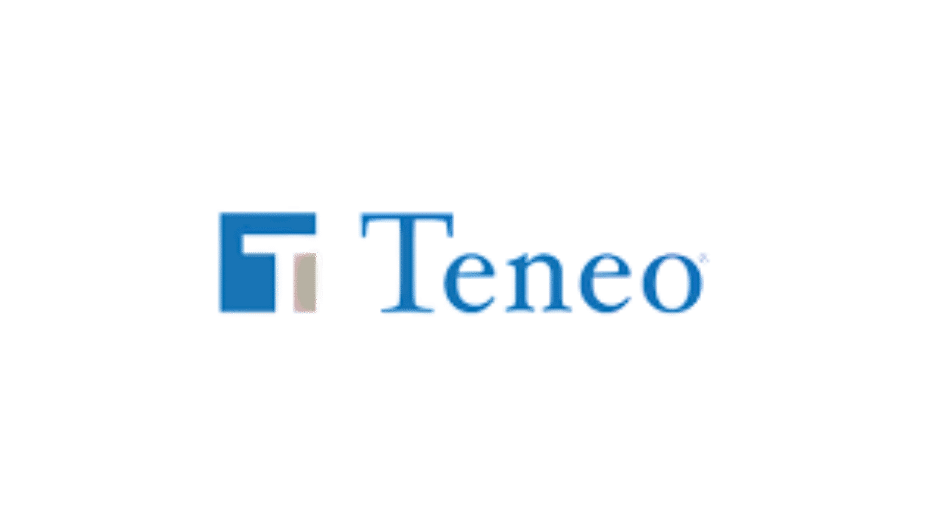











 Career Enquiry
Career Enquiry
